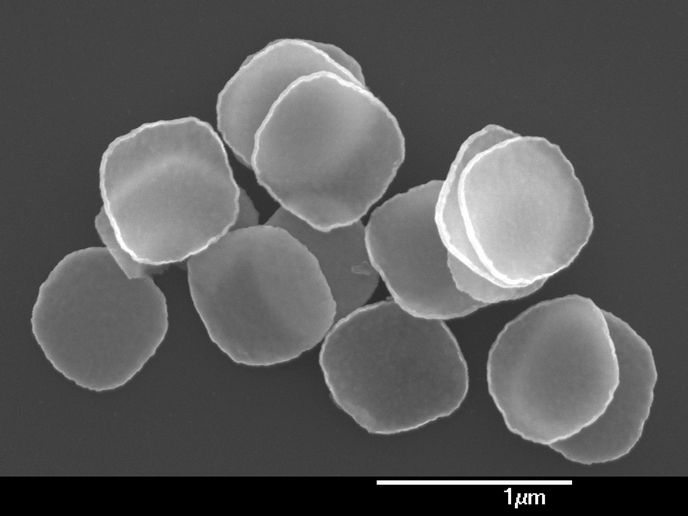Oscillating nanoparticles for cancer treatment
Nano-sized materials or particles and their formulations have been extensively explored for various industrial, biotechnological and biomedical applications. Magnetic nanoparticles made of iron, cobalt, nickel, and their alloys are of particular interest because in addition to their small size, they present large surface area, capacity for surface functionalisation, and superparamagnetism(opens in new window). As a result, they have been used for targeted delivery of drugs and therapeutic agents, in diagnostic imaging, tissue engineering and various biosensing applications.
Magnetic nanoparticles for early cancer detection
Undertaken with the support of the Marie Skłodowska-Curie Actions(opens in new window) programme, the MAGNAMED project proposed to develop a new kind of magnetic nanoparticles to address the unmet need for early cancer detection. In many cases, cancer diagnosis comes too late for effective treatment; MAGNAMED magnetic nanoparticles with a special functionalisation aim to improve the detection of tumour biomarkers. “Our disc-shaped nanoparticles are made of pure magnetic materials, which can extend the detection limit of magnetic biosensors, improving an early-stage detection of cancer,” explains principal investigator Rafael Morales. MAGNAMED nanoparticles were designed and produced with a special configuration known as vortex state(opens in new window). This refers to a specific circular arrangement of the tiny magnetic domains within nanoparticles that resembles a whirlpool, offering extra stability. Nanoparticles with a diameter of between 0.2 to 4 μm were generated using lithography techniques and successfully used in ultrasensitive biosensors for detecting tumour biomarkers.
Anti-cancer therapy with magnetic nanoparticles
Current cancer treatments like surgery, radiotherapy, and chemotherapy cause significant side effects. Magnetic nanoparticles in combination with external magnets are considered promising alternatives for killing cancer cells by heat (hyperthermia). The disc-shaped geometry of the MAGNAMED nanoparticles endows them with an oscillatory motion upon application of alternate magnetic fields. As a result, when these particles are internalised by cancer cells, this oscillation leads to 40 % in vitro cancer cell death, confirming the therapeutic potential of this innovative technique. Further investigation into the internalisation of the nanoparticles in several skin cancer cell lines in vitro indicated that cancer cells internalised all particles, regardless of size. In contrast, healthy skin cells barely internalised small particles, suggesting a selective and specific targeting of the magnetic nanoparticles towards cancer cells, sparing healthy tissues. “Our plan is to improve the efficiency of the technology and extend it to in vivo models such as mice and organoids,” states Morales. MAGNAMED magnetic nanoparticles open new possibilities for cancer therapy, as they require less technical equipment and weak magnetic fields compared to the hyperthermia approach.
Neural stimulation with nanoparticles
Intriguingly, researchers demonstrated that the fabricated disc-shaped nanoparticles can also activate mechanosensitive ion channels present on neurons and cause long-lasting neural stimulation(opens in new window). Non-invasive manipulation of cells is central for basic neuroscience research but also for the therapy of neurological disorders. The MAGNAMED results open new routes for the controlled yet non-invasive stimulation of biological signalling using magnetic fields and magnetic nanoparticles. Moreover, the project introduces a new technology for non-invasive neuromodulation treatment of various neurological disorders and psychiatric conditions including epilepsy and Alzheimer’s disease.







